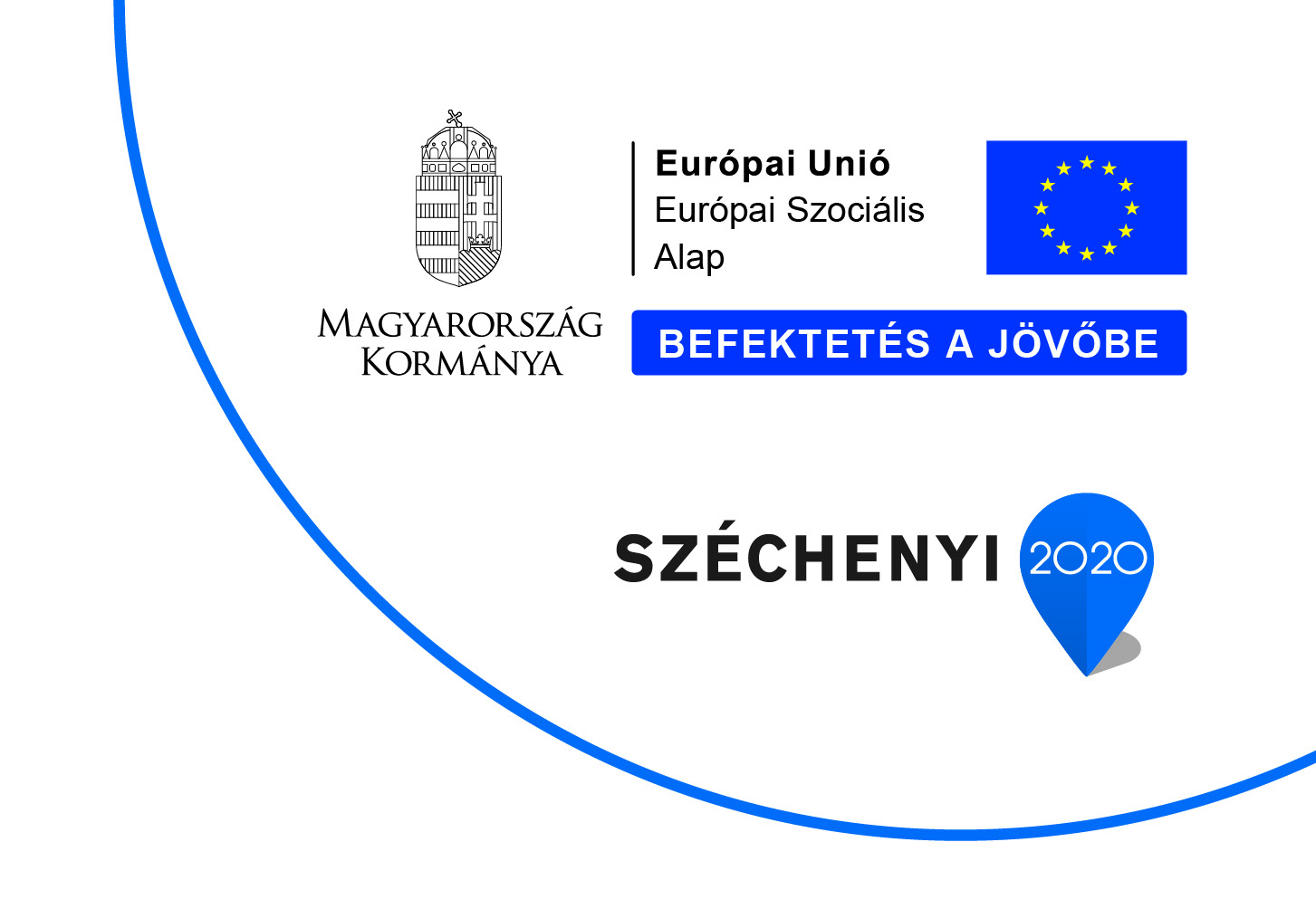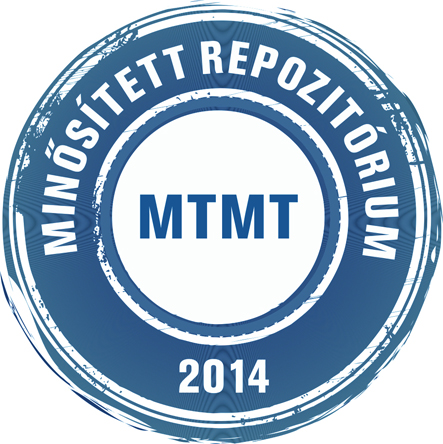Mester Éva és Tóth Róbert (2018) A pénz és a bankok ellentmondásos helyzete a negyedik ipari forradalom tükrében. Multidiszciplináris kihívások, sokszínű válaszok, 2018 (1). pp. 70-87. ISSN 2630-886X
Előnézet |
Szöveg
MESTER_Eva_TOTH_Robert.pdf - Megjelent verzió Download (1MB) | Előnézet |
Absztrakt (kivonat)
„Akár igaz az állítás, hogy "a pénz tartja mozgásban a világot", akár nem, az emberiség történetében kevés dolog került az állandó és lázas érdeklődés középpontjába, váltott ki annyi erkölcsi és vallási indíttatású bírálatot, okozott olyan sok viszályt és versengést egyének, intézmények és államok között, mint a pénz.” – olvasható JONATHAN WILLIAMS (2001) könyvében. Igaz mindez a negyedik ipari forradalomra is, melynek jelenleg korszakát éljük. A negyedik ipari forradalom, vagy másképpen fogalmazva az Ipar 4.0. korszakában az információs és kommunikációs technológiák és az automatizálás egyre szorosabb öszszefonódása, illetve ezen kereszül a termékek, szolgáltatások, gyártási módszerek és üzleti modellek alapvető megváltozása tapasztalható. A negyedik ipari forradalom, az egyre inkább fokozódó piaci verseny, a globalizáció a világgazdaság komplex gazdasági, társadalmi és pénzügyi rendszerét, továbbá az egyes nemzetgazdaságok és vállalatok versenyképességét számtalan új kihívással szembesíti, amelyek még potenciális válaszokra várnak (MESTER et al., 2018). A gazdaság versenyképességéhez viszont elengedhetetlen egy jól működő pénzügyi rendszer, megfelelő és magas szintű pénzügyi szolgáltatás és a beruházásokhoz, a működéshez szükséges források megfelelő mértékű biztosítása (TÚRÓCZI, 2016). A pénzügyi és ezen belül a bankrendszer számára hatalmas piaci kihívás a fintech cégek által kínált pénzügyi technológiai/informatikai rendszer, a „peer-to-peer lending” vagyis a hagyományos pénzintézetek kiiktatásával pénzt közvetítő cégek működése, vagy a kriptovaluták menetelése (TÓTH et al., 2017a). A bankrendszeren kívül zajló tranzakciók számának exponenciálisan emelkedő görbéi vagy a kriptopénzek árfolyamai napjainkban lázban tartják a pénzügyi világ jelentős részét, a befektetőket és az elemzőket egyaránt. Szakemberek egy része egy piaci buboréktól tartanak, mások viszont egy turbulens technológia felemelkedést jósolnak, amely hosszabb távon felforgathatja a globális pénzügyi rendszer működését. Bár a választ nem tudjuk megmondani, megpróbáljuk írásunkban legegyszerűbben összefoglalni az irányadó pénzelméleteket és elhelyezni benne a virtuális világot. Minderre való tekintettel tanulmányunk, elméleti összefoglalónak tekinthető, megalapozva ezzel egy jövőbeni teljes körű elemzés összeállítását.
Abstract
„Whether or not is the statement “money keeps the world moving” is true, there are only a few things in the human history standing permanently in the centre of interest bringing forth so fierce moral and religious critique and causing so many conflicts and competition between people and states like money” stands in the Libri’s website: As review of the book titled “The history of money”. It’s true for the fourth industrial revolution we are living in as well bringing the ever tighter interlacement between the information and communication technologies and automation and – as a result of such collaboration - fundamental changes have taken place in the products, services, production technologies and business modes. The fourth industrial revolution, the ever sharpening market competition and the globalisation confront the world economy and the competitiveness of the nations and companies with several new challenges needing addressing yet. (MESTER et al., 2018). However, to achieve economic competitiveness, an efficient financial system, high-level financial services and the proper provision of investment and operative funds shall be provided (TÚRÓCZI, 2016). For the banking system, however, the financial technological/information system offered by the fintec companies, the „peer-to-peer lending”, that is the operation of the financial intermediary companies circumventing the traditional financial institutions and the onrush of the crypto-currencies imply enormous market challenges (TÓTH et al., 2017a). The exponentially increasing curve representing the number of transactions outside the banking system or the exchange rates of the crypto-currencies throw both the investors and analysts into fever. Some experts are afraid of market bubbles resembling the dotcom-bubble, while others prognosticate large-scale technological development disarranging the global banking system in long term. Although the answer is yet not known, in our paper we try to summarise the normative theories of money in the most simple manner and place the virtual world inside them.
Tudományterület / tudományág
társadalomtudományok > közgazdaságtudományok
Kar
Kereskedelmi, Vendéglátóipari és Idegenforgalmi Kar
Szervezeti egység
Közgazdasági és Módszertani Intézeti Osztály
Intézmény
Budapesti Gazdasági Egyetem
| Mű típusa: | Cikk | |||||||||
|---|---|---|---|---|---|---|---|---|---|---|
| Szerző publikációban használt neve: |
|
|||||||||
| Felhasználó: | Tünde Jurcza | |||||||||
| A mű MTMT azonosítója: | 3400830 | |||||||||
| Rekord készítés dátuma: | 2018. Okt. 11. 14:57 | |||||||||
| Utolsó módosítás: | 2022. Ápr. 05. 14:12 | |||||||||
| URI: | https://publikaciotar.uni-bge.hu/id/eprint/994 |
Actions (login required)
 |
Tétel nézet |




